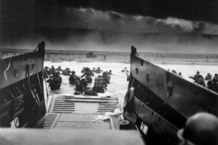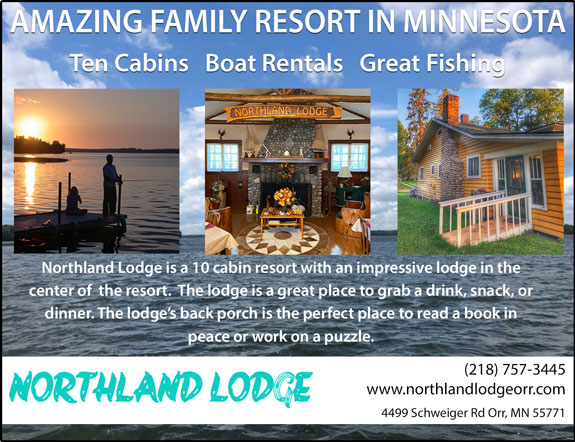As the US commemorates Pearl Harbor Day, here are the top 6 things that the National World War II Museum's chief historian would like Americans to know.

WASHINGTON — The National World War II Museum in New Orleans this week opens the Road to Tokyo, the first big exhibit on the Pacific theater campaign from the highly regarded museum that opened in 2000 with a focus on D-Day and the Normandy Invasion.
As the nation commemorates Pearl Harbor Day this week, here are the top 6 things that the museum’s chief historian would like Americans to know about the brutal – and initially unsuccessful – war that the US military was forced to wage against Japanese forces in the wake of what was, at the time, the most devastating attack ever on US soil.
The American public did not support President Franklin Delano Roosevelt’s key early decision in the war.
The American public was so shocked by what they had seen at Pearl Harbor that they wanted to fight the Japanese first. President Roosevelt was arguing, however, that the Nazis were the greater threat.
“That’s not what the public wanted to hear. The public wanted revenge on Japan,” says Keith Huxen, senior director of history and research at the museum. “Historically, politically [FDR] was absolutely correct, but from that very first decision there were implications, and one of them was that we didn’t put the resources into the Pacific war that were being pumped into the European theater.”
As a result, he adds, “It meant that we were basically fighting the Pacific war on a shoestring budget, and [the American troops fighting it] didn’t get all of the help that they were entitled to.”
he destruction of the fleet at Pearl Harbor inadvertently ushered in a new era of US naval warfare.
After Pearl Harbor, the US Pacific fleet of battleships were hit hard. The primary remaining US resources were primarily in the form of aircraft carriers, submarines, and projection of air power.
“This is a really new way of fighting that we’re going to have to pioneer and master,” Dr. Huxen says. The new museum exhibit offers a mockup of the USS Enterprise, which ended up being the most successful American aircraft carrier during World War II. “We’re going to try out this new military doctrine, relying on these assets because we don’t have a choice – but at the time the jury was still out.”
Previously, naval warfare meant battleships (like those that the US lost at Pearl Harbor) pulling up alongside each other and blasting away. In the Pacific, “we’re playing a game of cat and mouse, launching torpedo and dive bombers to locate each others’ fleet and kill that way,” Huxen says. “It’s the first time in history where the opposing fleets never lay eyes on each other.”
The Pacific theater was a very different war than the one Americans waged in Europe.
There is first the matter of vast distances: It is four times the distance from San Francisco to Tokyo than it is, for example, from New York to London.
Once US troops arrived on the scene, there was far less infrastructure, including, say, docks and port facilities, or cities with roads.
“You sail thousands of miles to these places like Guadalcanal, and the hardest part of the journey is the last 100 yards,” says Huxen. “You have to get from the boat to the beaches, and when you do we basically have to build all these things: Make hospitals, clean water, food. And we have to do it again and again and again.”
Victory was not looking good in the early days of the war.
“When the Japanese struck Pearl Harbor, they didn’t want to invade California. Their idea was that we would negotiate a peace if they hit us hard enough. Pearl Harbor did allow the Japanese to knock us back on our feet for six or seven months, and during that time they were virtually unstoppable,” Huxen says.
May 1942 sees the fall of the Pacific corridor to the Japanese – what amounts to the height of the Japanese empire. In the six or seven months since Pearl Harbor, the Japanese had swept through all of Southeast Asia and across the southwestern Pacific. The Japanese had taken the Philippines as well.
“It was very frightening. We don’t have any victories at this point. If you can imagine an event like Pearl Harbor, and then there’s no good news for months on end.”
Against this backdrop comes the Battle of the Coral Sea, which is largely a draw between US and Japanese forces. “Both sides have success, but neither wins total victory,” Huxen says.
Still, though the performance wasn’t a win, it was a relief for the Pentagon. “It is the first time we kind of blunt the Japanese advance,” he adds. “Our military is OK – they’d have like to have seen better, but it wasn’t a disaster.”
The Battle of Midway was the US turning point in the Pacific.
The World War II Museum singles the battle out for special treatment in its new exhibition. For the Japanese, the island was critical. They wanted to take Midway, where the US had a base, then threaten Hawaii and end the war.
“On the first morning of the battle, what we want people to understand is that we were losing very badly,” Huxen says. The US military had sent three waves of planes out trying to locate the Japanese, but when they did they were being shot down.
Then suddenly, in a remarkable moment, two waves of US bomber planes converged on the Japanese fleet, and arrived at the moment when the Japanese fighter planes were at a lower altitude and hit three of the four Japanese carriers.
CLICK TO READ FULL STORY FROM CHRISTIAN SCIENCE MONITOR:



